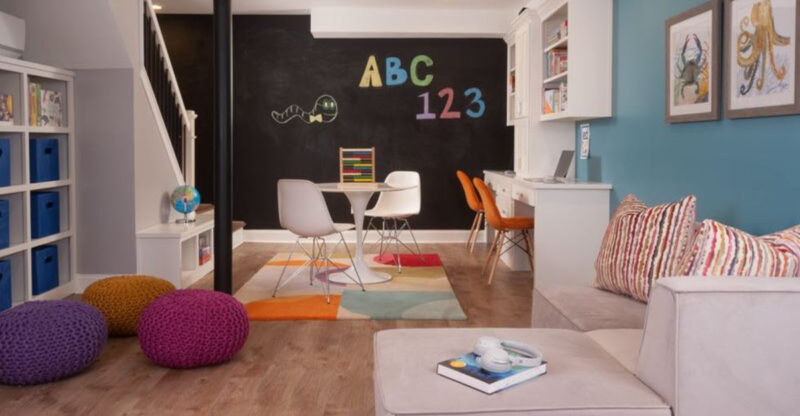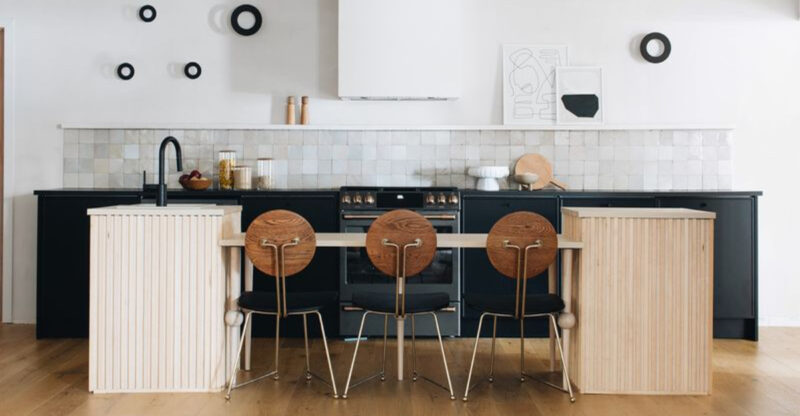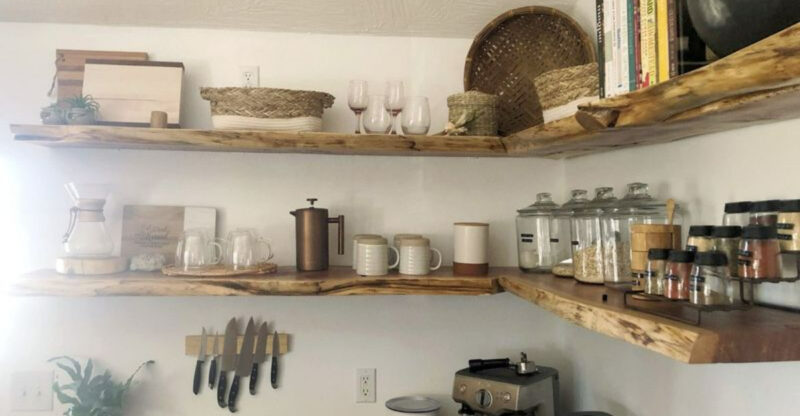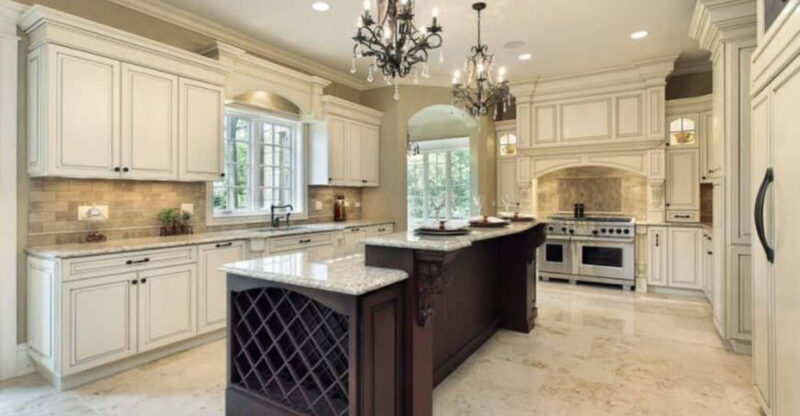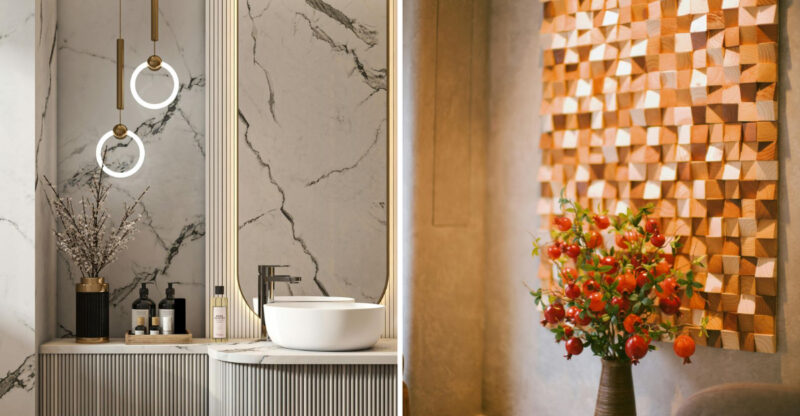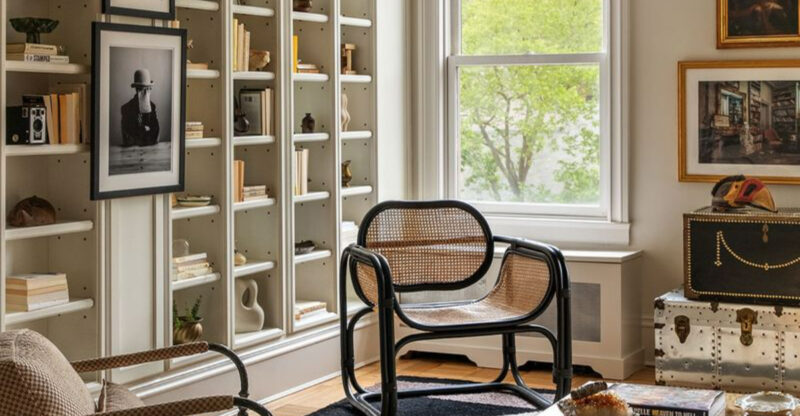12 Raleigh Kitchen Colors Losing Their Appeal In 2025 (And 3 That Never Looked Good)
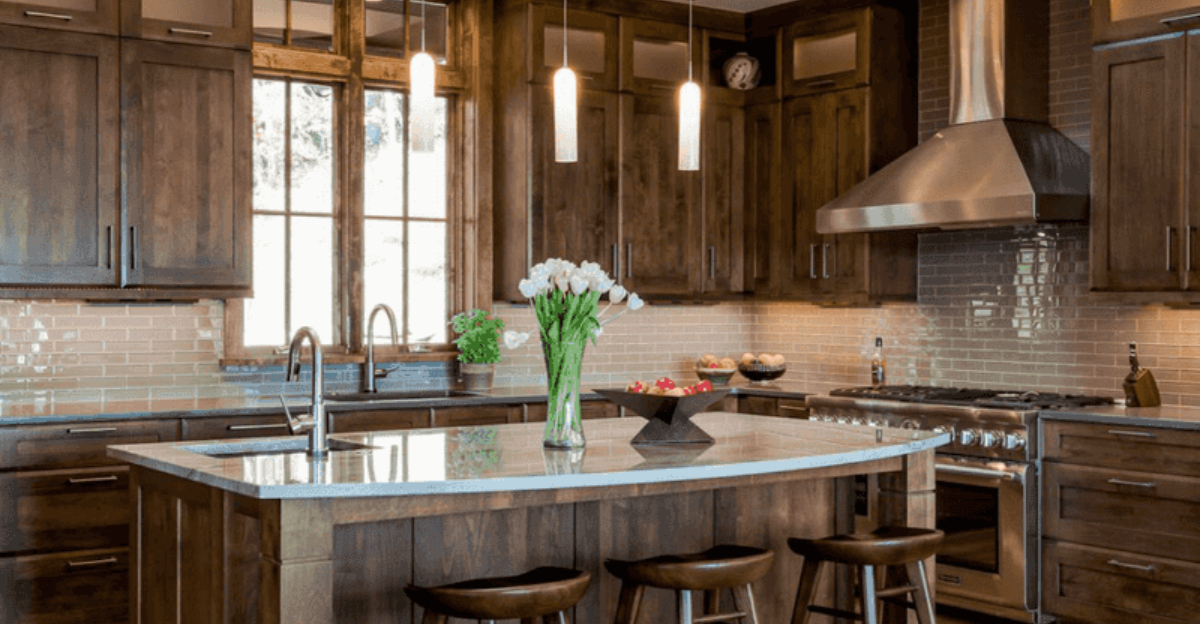
Kitchen colors can make or break your home’s heart. In Raleigh’s ever-evolving design scene, some once-popular hues are quickly falling out of favor as we approach 2025.
I’ve noticed local designers and homeowners shifting away from certain shades that dominated our kitchens for years.
Let’s explore which colors are fading fast and which ones should have never made it into Raleigh kitchens in the first place.
1. Sage Green: The Former Darling Now Fading
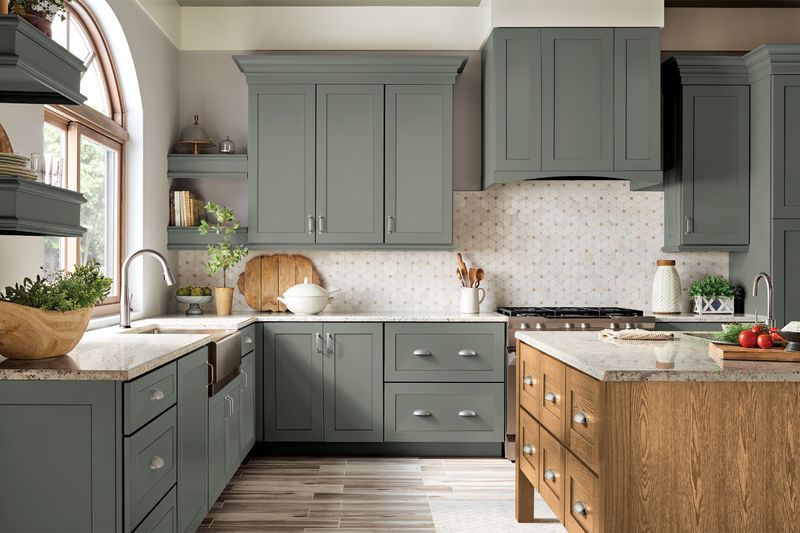
Remember when sage green cabinets were everywhere in Raleigh homes? This muted, earthy tone once symbolized sophistication and natural living, but homeowners are now finding it too subdued and lifeless for 2025’s bolder aesthetic preferences.
Many local designers tell me clients are replacing these cabinets with more vibrant options. The color that once felt fresh now appears dated a victim of its own popularity in the 2020-2023 design cycle.
If you’re still fond of green in your kitchen, consider deeper emerald tones or livelier mint accents instead. These alternatives provide the natural vibe without the now-tired sage look that’s becoming synonymous with early 2020s renovation projects throughout the Triangle area.
2. Dark Cherry Red: Too Heavy for Modern Tastes
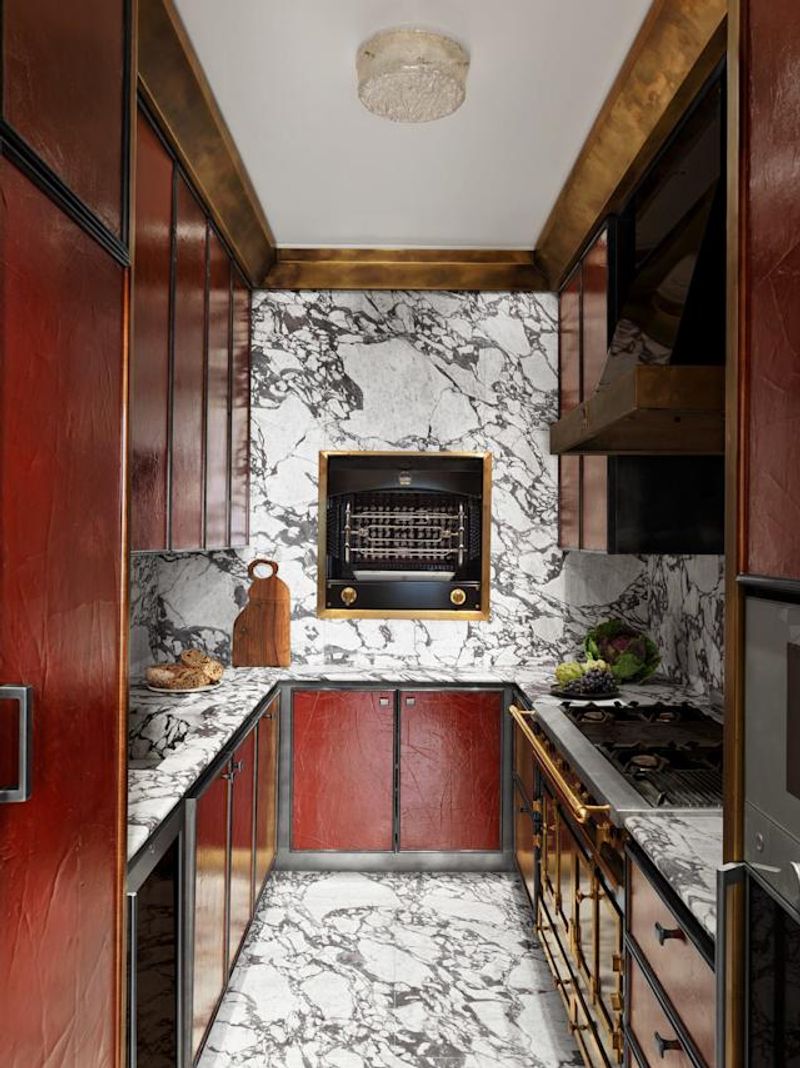
Dark cherry red kitchens once represented luxury in Raleigh homes. This rich, dramatic color that dominated high-end kitchens throughout the 2010s now feels oppressive and dated to contemporary homeowners seeking lighter, airier spaces.
Local real estate agents report that cherry red kitchens are staying on the market significantly longer than homes with updated color schemes. The heavy, formal feel no longer matches our post-pandemic desire for casual, welcoming spaces.
What’s particularly interesting is how quickly this shift happened – from premium upgrade to design liability in just a few years. If you’re stuck with cherry cabinets, consider painting them or incorporating lighter elements through countertops and backsplashes to brighten the overall feel.
3. Mustard Yellow: The Retro Revival That Didn’t Last
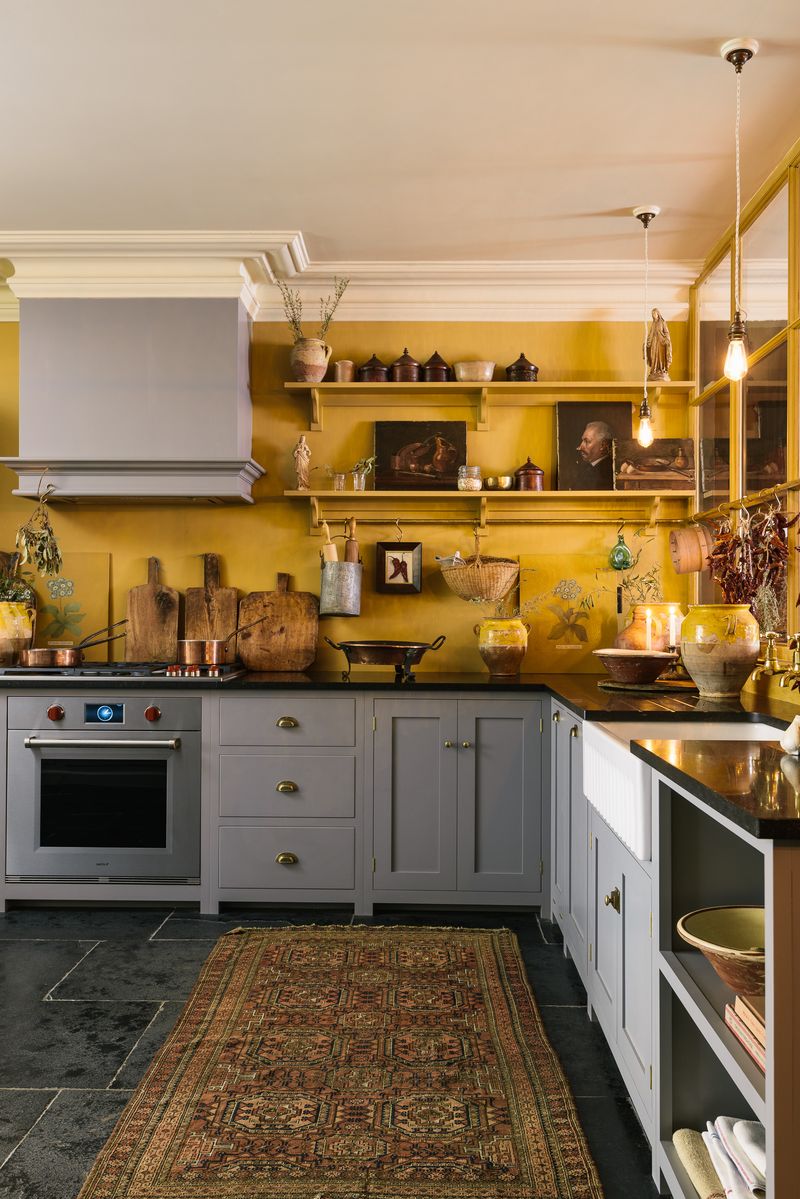
Mustard yellow had its comeback moment in Raleigh kitchens around 2020-2022. This bold, vintage-inspired color briefly captured hearts during the retro design revival, but its popularity is plummeting faster than summer temperatures in North Carolina.
I’ve watched several friends regret their mustard yellow kitchen investments. The color that once felt charmingly nostalgic now appears jarring and overwhelming, especially in our region’s natural lighting.
Raleigh kitchen designers are increasingly recommending softer yellows or cream tones for those still wanting warmth without the intensity. The lesson here? Trendy colors often have the shortest lifespan – something to remember before committing to that bold accent wall or cabinet color that might feel dated before you’ve even finished paying for the renovation.
4. Navy Blue: From Trendy to Tiresome
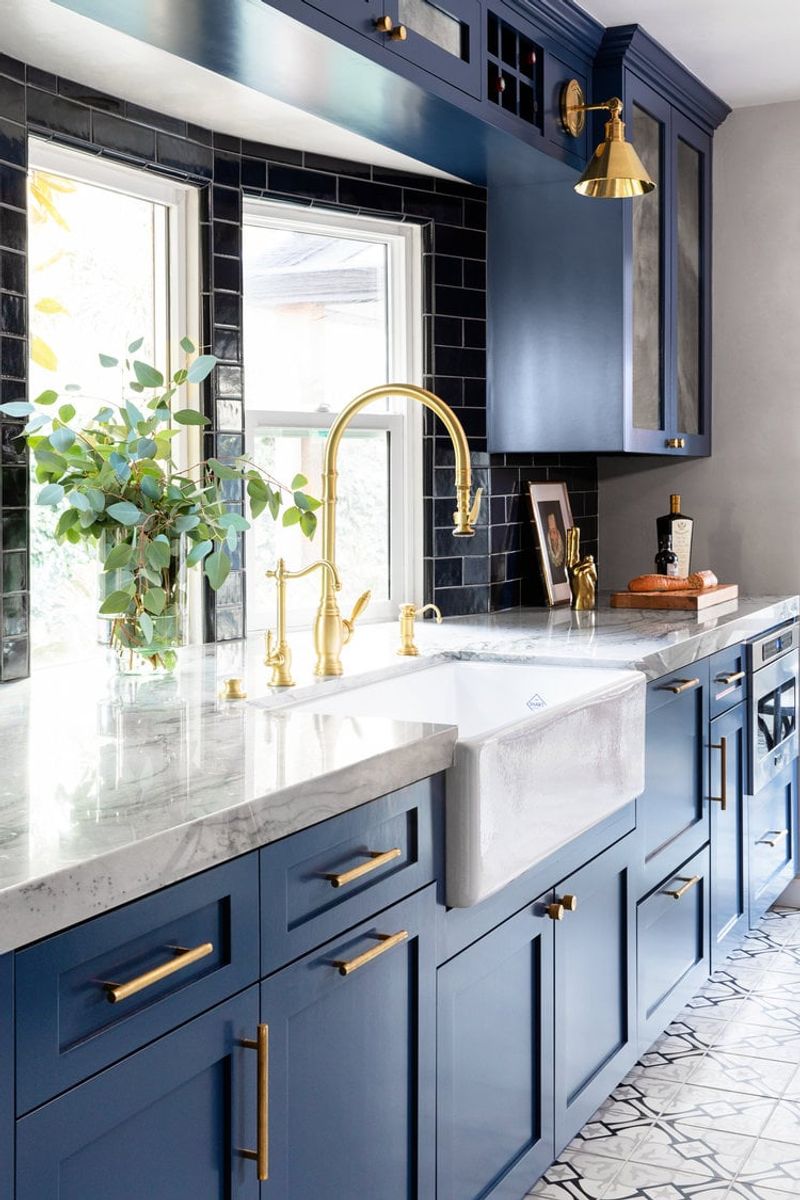
Navy blue kitchens swept through Raleigh neighborhoods like wildfire between 2018-2023. This bold, sophisticated color that once felt fresh now seems predictable and overused in local homes.
During my recent visit to the Raleigh Home Show, designers were actively steering clients away from all-navy kitchens. The once-special shade has become so common that it no longer offers the distinctive touch homeowners seek.
Many Triangle residents are now replacing their navy cabinets or scaling back to navy islands only. If you invested in this trend, don’t panic – incorporating warmer woods, brass fixtures, or lighter countertops can help refresh the look without a complete overhaul. Navy isn’t terrible – it’s just no longer the standout statement it once was in our local design scene.
5. Charcoal Gray: Too Cool for Comfort
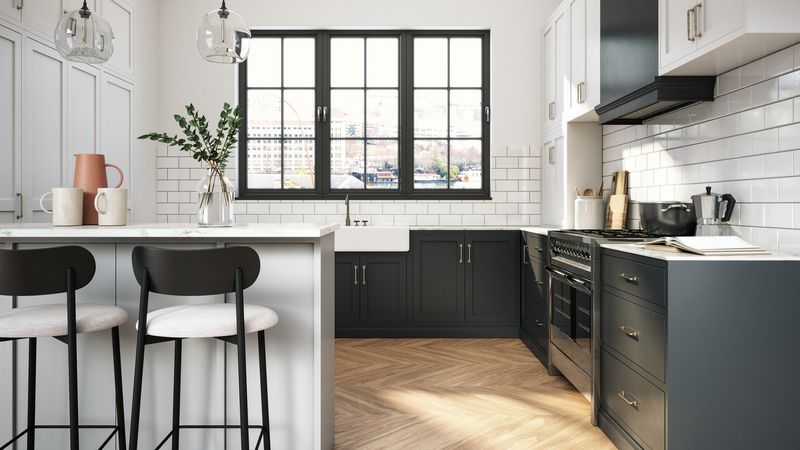
Charcoal gray kitchens, once the hallmark of modern Raleigh homes, are rapidly losing their appeal. This cool, sophisticated shade that dominated new construction and renovations now feels sterile and unwelcoming as we approach 2025.
Local homeowners are increasingly complaining about the cold, industrial feel these kitchens create, especially during our gray winter months. The pandemic permanently shifted our relationship with home spaces, prioritizing warmth and comfort over sleek minimalism.
Triangle area designers suggest warming up existing charcoal kitchens with wood elements, textured backsplashes, or colorful accessories. The good news? If you’re stuck with charcoal cabinets, they make an excellent neutral backdrop for warmer accent colors that can easily be updated as trends continue to evolve in our region.
6. Mint Green: The Pastel That Lost Its Freshness
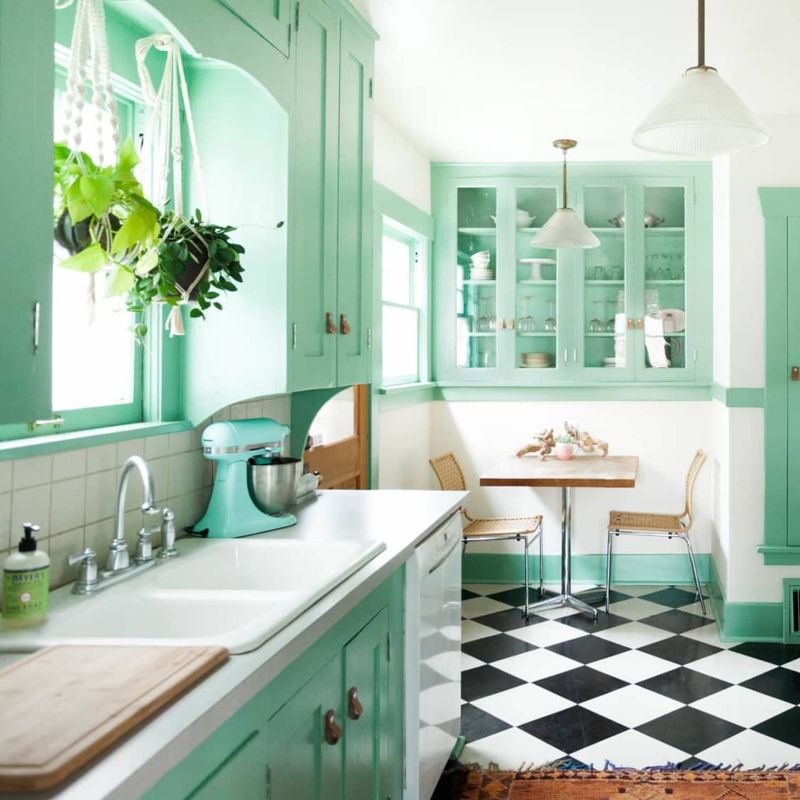
Mint green kitchens briefly captured Raleigh’s attention around 2021-2022. This cheerful, retro-inspired color initially felt fresh and playful but has quickly become associated with rushed pandemic-era renovations and fleeting TikTok trends.
When I toured the Parade of Homes last fall, not a single mint kitchen was to be found. Local designers explain that the color’s association with vintage aesthetics makes it age poorly – looking more like an outdated choice than a charming throwback.
For homeowners stuck with mint kitchens, designers recommend toning down the look with neutral accessories and natural elements. The silver lining? Mint’s brief popularity means relatively few Triangle homeowners committed to this fleeting trend, making it more of a cautionary tale than a widespread design problem throughout our area.
7. Terracotta Orange: The Southwestern Influence Fading Fast
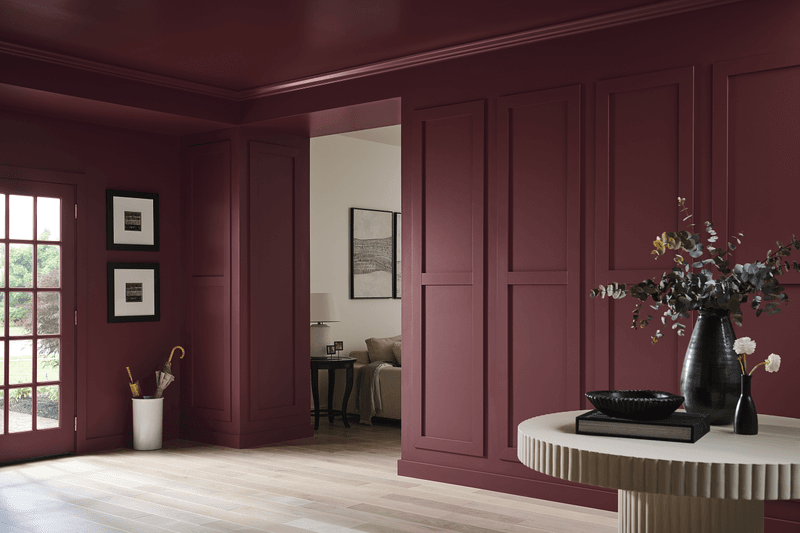
Terracotta orange kitchens had their moment in Raleigh during the Southwestern design wave of 2019-2022. This warm, earthy tone that once brought desert vibes to our Carolina homes now feels out of place and regionally disconnected.
Several local interior designers have told me they’re spending significant time helping clients move away from this trend. The color that once felt cozy now reads as heavy and dated, particularly in smaller kitchens common in Raleigh’s historic neighborhoods.
Homeowners looking to refresh terracotta spaces can incorporate lighter countertops and backsplashes to balance the intensity. What’s replacing it? Softer clay tones and warmer neutrals that better reflect our region’s natural landscape while maintaining warmth without the heavy southwestern association that never quite fit our North Carolina aesthetic.
8. Deep Plum: The Bold Choice That Backfired
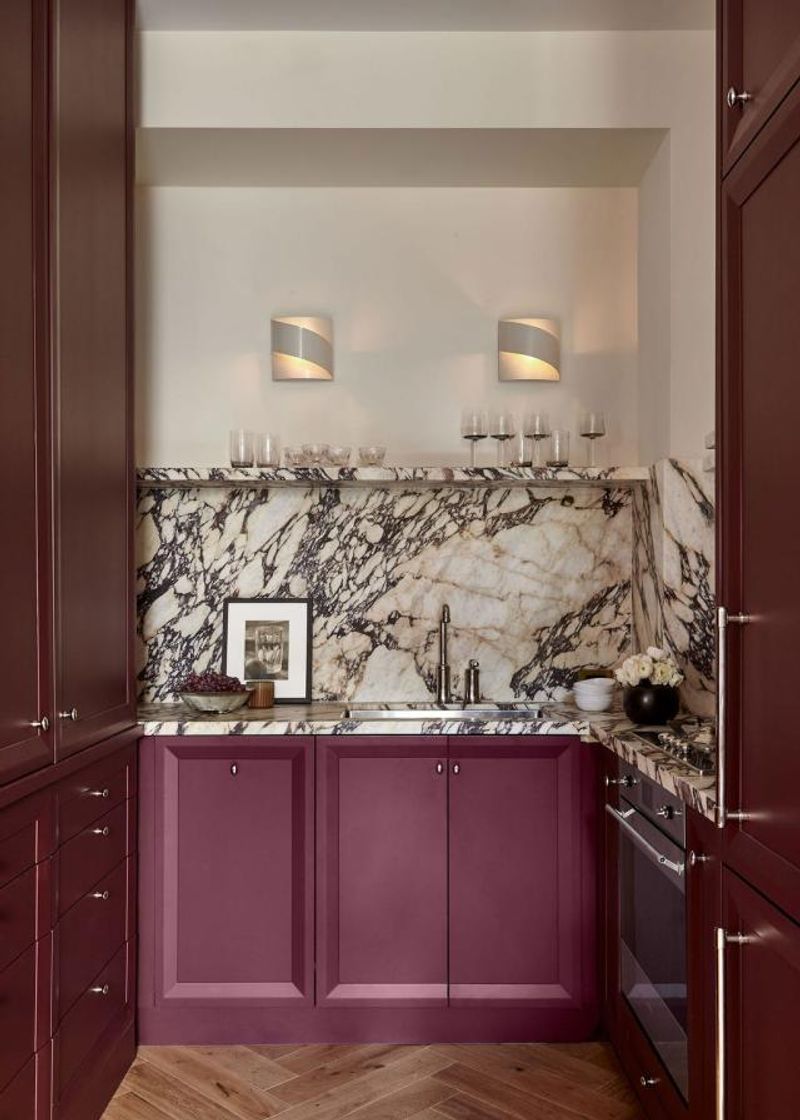
Deep plum kitchens made a brief but memorable appearance in Raleigh’s high-end homes around 2021. This dramatic, luxurious color initially signaled sophistication but quickly proved overwhelming in daily use.
I recently spoke with three local realtors who all identified plum kitchens as significant hurdles when selling homes. The color that once felt opulent now reads as dark and moody – beautiful in magazines but impractical for our sunny Southern lifestyle.
Homeowners with plum elements are increasingly pairing them with lighter neutrals to balance the intensity. The trend’s rapid decline serves as a reminder that extremely distinctive colors often have the shortest shelf life in kitchen design. For Raleigh homeowners considering a kitchen update, this is one color best left in the past as we move toward 2025.
9. Bright Teal: The Instagram Trend That Didn’t Translate
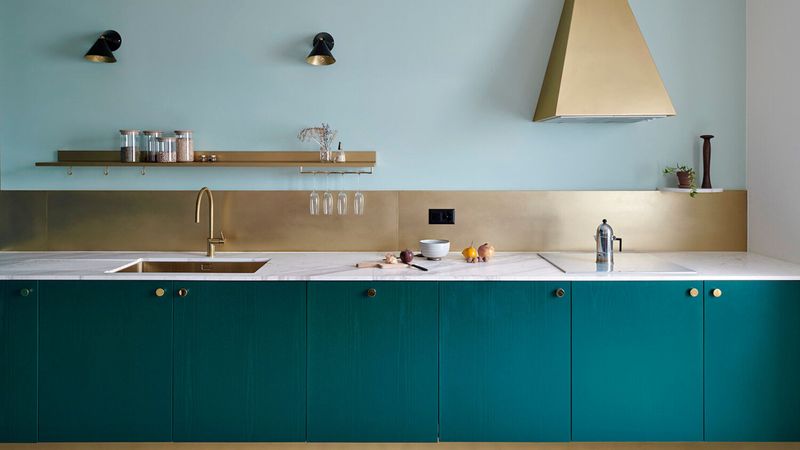
Bright teal kitchens exploded across Raleigh’s renovated homes during the social media-driven design boom of 2020-2022. This vibrant, photogenic color that garnered likes online has proven exhausting to live with day after day.
Local kitchen designers report a significant uptick in clients seeking to replace teal cabinets installed just a few years ago. What looked stunning in carefully filtered Instagram posts feels overwhelming and attention-demanding in real life, especially in our region’s natural light.
Raleigh homeowners who jumped on this trend are now either repainting entirely or limiting teal to smaller accent pieces. The lesson? Colors that perform well on social media don’t necessarily create livable spaces – a costly lesson many Triangle homeowners have learned as this once-popular shade rapidly falls from favor heading into 2025.
10. Burnt Sienna: Too Much Warmth for Southern Homes

Burnt sienna kitchens briefly trended in Raleigh during the earthy color revival of 2021-2022. This rich, warm reddish-brown initially felt cozy and natural but quickly proved too intense for our region’s already-warm climate and light.
During summer home tours, these kitchens feel noticeably hotter and more oppressive than their lighter counterparts. The color that was meant to feel grounding instead creates a heavy, dated atmosphere reminiscent of 1970s design – not the vintage revival homeowners were hoping for.
Triangle-area designers now suggest limiting burnt sienna to accents rather than full cabinet treatments. For those stuck with this rapidly fading trend, incorporating cooler countertops and plenty of white elements can help balance the warmth until a more complete renovation becomes possible.
11. Pale Lavender: The Pastel Experiment Gone Wrong
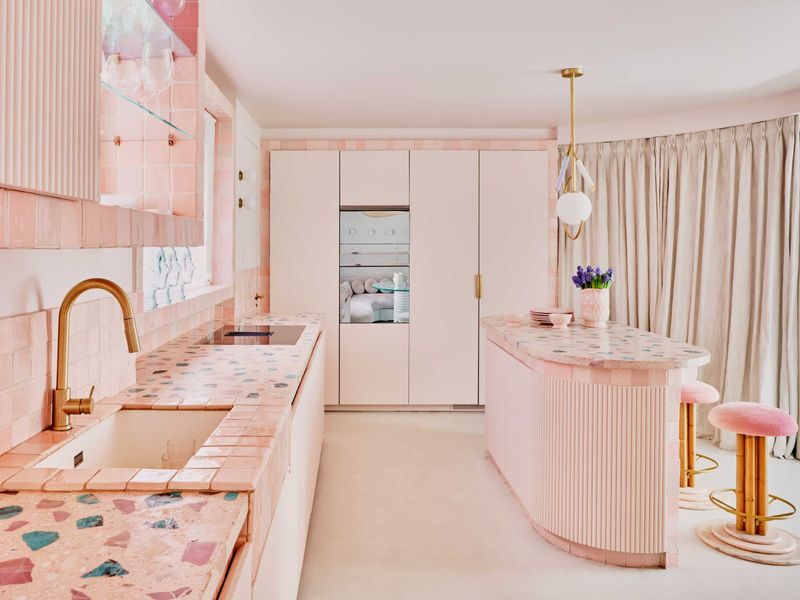
Pale lavender made a surprising appearance in Raleigh’s custom kitchens around 2022. This soft, unexpected color initially felt fresh and unique but has quickly come to feel childish and impractical in what should be a hardworking space.
Local cabinet refinishers report a steady stream of requests to cover lavender kitchens installed just a year or two ago. The color that seemed soothingly sophisticated in design renderings often reads as either too feminine or too juvenile in actual homes.
What’s particularly interesting is how quickly this trend rose and fell in our area – barely making it into a handful of showcase homes before designers began steering clients away from it. For Triangle homeowners still drawn to purple tones, deeper eggplant shades for accents or pantry doors offer a more sophisticated alternative that’s aging better as we approach 2025.
12. Rustic Brown: The Farmhouse Fade-Out
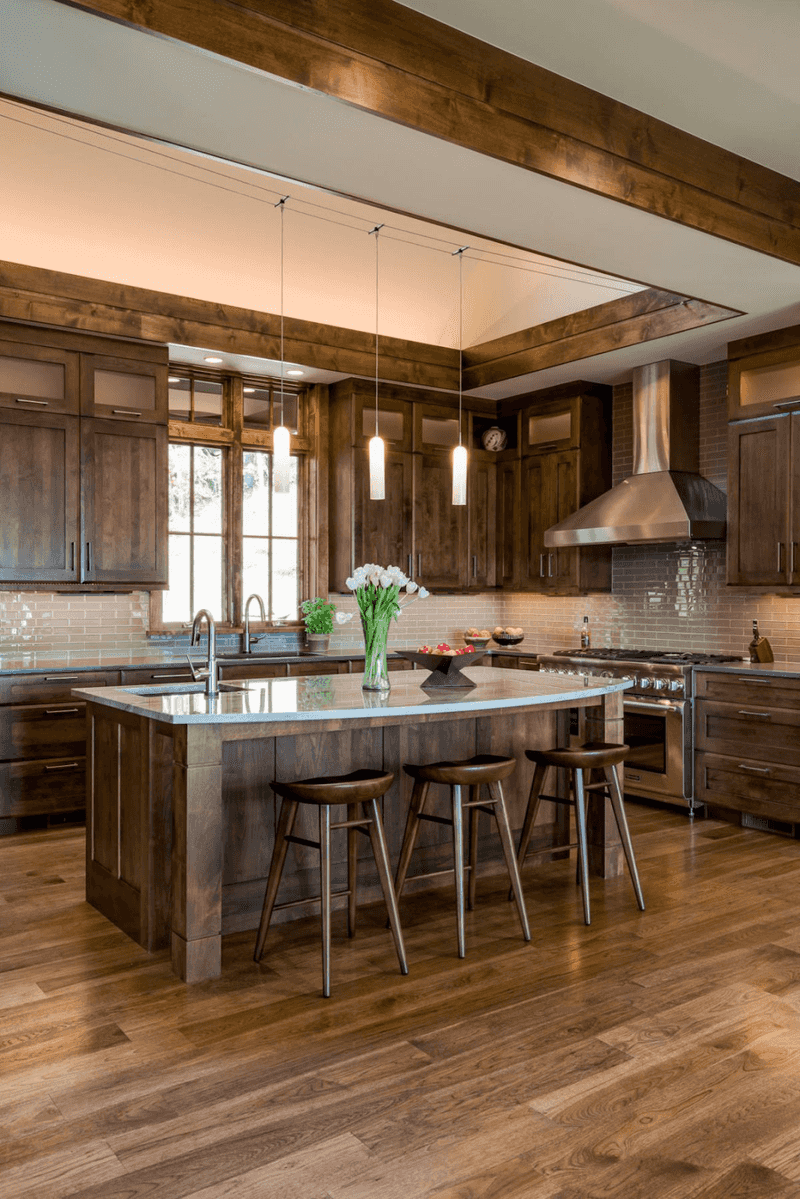
Rustic brown kitchens dominated Raleigh’s farmhouse-style homes throughout the late 2010s. This weathered, deliberately distressed finish once signaled charm and character but now reads as artificially aged and desperately in need of updating.
I’ve noticed local home improvement stores significantly reducing their rustic brown cabinet options. The finish that once appeared in virtually every model home now feels like a time capsule from the Fixer Upper era – a trend that Raleigh has decidedly moved beyond.
Homeowners with rustic brown kitchens are increasingly painting over distressed finishes or replacing doors with cleaner designs. The good news? The solid construction of many of these farmhouse-inspired kitchens means they’re worth updating rather than demolishing completely. Simply modernizing the finish can bring these spaces into 2025 without a full renovation.
13. Neon Green: The Color That Always Hurt Your Eyes
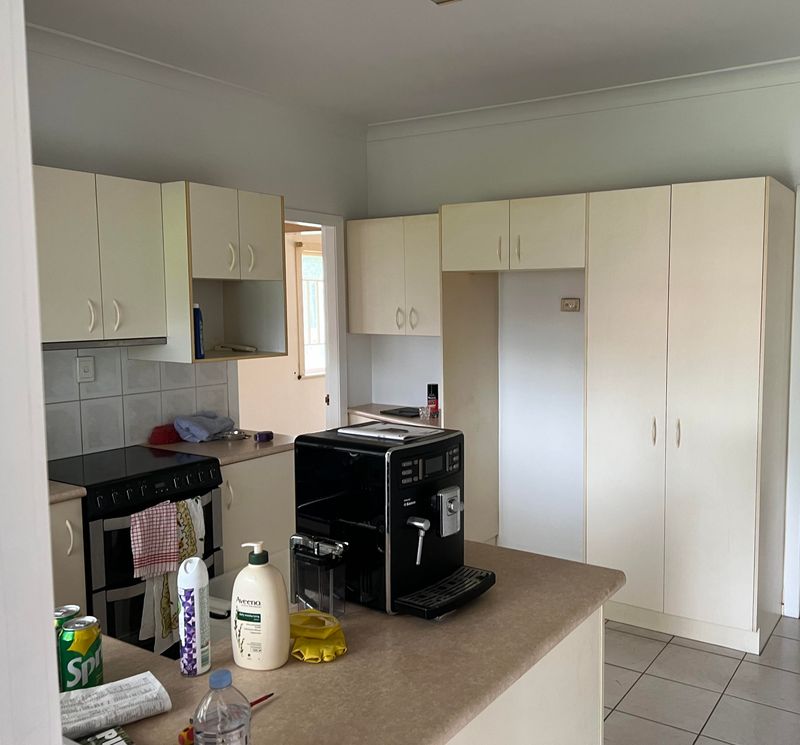
Neon green kitchens occasionally appeared in Raleigh’s more experimental homes during the early 2010s. This eye-searing shade never gained mainstream acceptance, and for good reason – it creates a space that feels more like a nightclub than a cooking environment.
Local designers unanimously agree this color never worked in residential kitchens. The harsh, artificial tone fights with food colors and makes even the freshest ingredients look unappetizing a serious problem in a space dedicated to meal preparation.
What’s fascinating is that despite universal design disapproval, I still occasionally spot this shade in rental property renovations around NC State. If you’ve somehow inherited a neon green kitchen, painting should be your top priority – virtually any other color will be an improvement for both your daily experience and your home’s resale value.
14. Bubblegum Pink: The Novelty That Never Normalized

Bubblegum pink kitchens occasionally surfaced in Raleigh’s more eclectic neighborhoods like Oakwood and Boylan Heights. This saccharine shade that some homeowners chose for “character” never managed to feel sophisticated or timeless in actual living spaces.
While touring historic home renovations last spring, I noticed every pink kitchen had been changed by new owners. The color that might work for a retro diner or children’s playroom creates a space that feels perpetually juvenile and themed rather than functional.
Even during the recent maximalist design trend, bubblegum pink remained firmly on designers’ “avoid” lists for kitchens. For Raleigh homeowners drawn to pink, designers suggest dusty rose or muted coral for small accents instead – colors that reference pink without the overwhelming candy-like quality that makes bubblegum such a persistent design mistake.
15. High-Gloss Black: The Impractical Showstopper
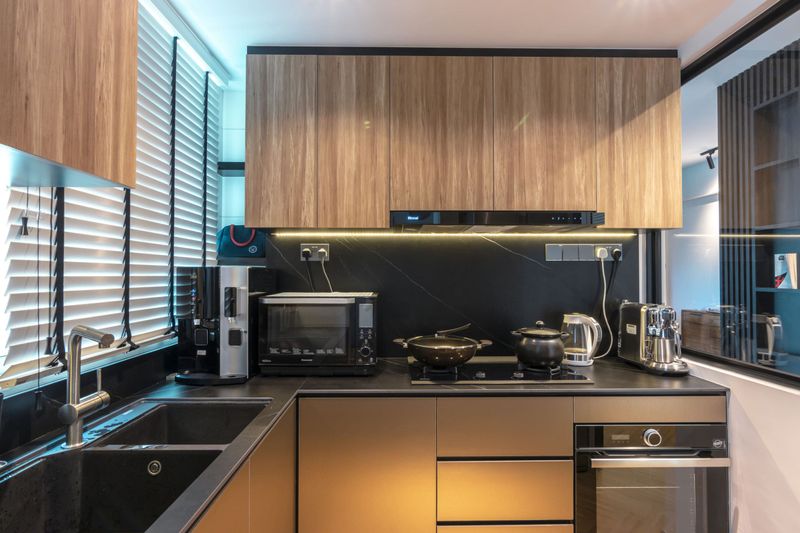
High-gloss black kitchens briefly tempted Raleigh’s luxury homeowners around 2018-2020. This dramatic, reflective finish that looked stunning in architectural magazines proved nightmarish in daily use – showing every fingerprint, water spot, and dust particle within minutes of cleaning.
Several North Hills and Hayes Barton homeowners have shared their regrets with me about this high-maintenance choice. The sleek, sophisticated look that impressed during parties quickly became a constant cleaning burden in family homes.
Beyond the practical issues, the harsh reflective surface creates uncomfortable glare in our bright Southern light. Local designers now recommend matte or satin black finishes for those still drawn to darker kitchens – options that deliver the dramatic look without the constant maintenance headaches that made high-gloss black one of Raleigh’s most regretted kitchen choices.

